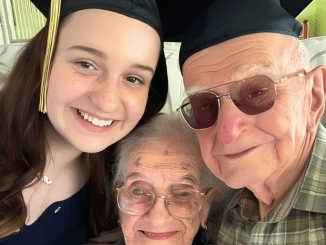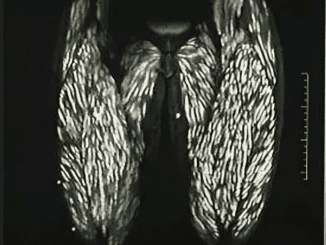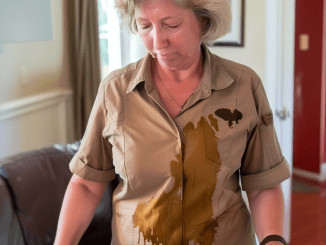The tragic story of Gayle Laverne Grinds, a Florida woman who passed away with her skin fused to her sofa after six years, is a shocking and heart-wrenching reminder of how physical and mental health struggles can spiral out of control. Her story, rooted in initial injuries and growing health challenges, provides a somber look at the consequences of untreated mental health issues and the importance of community support. This article will delve into her life, the circumstances that led to her heartbreaking situation, and the lessons we can learn from it.
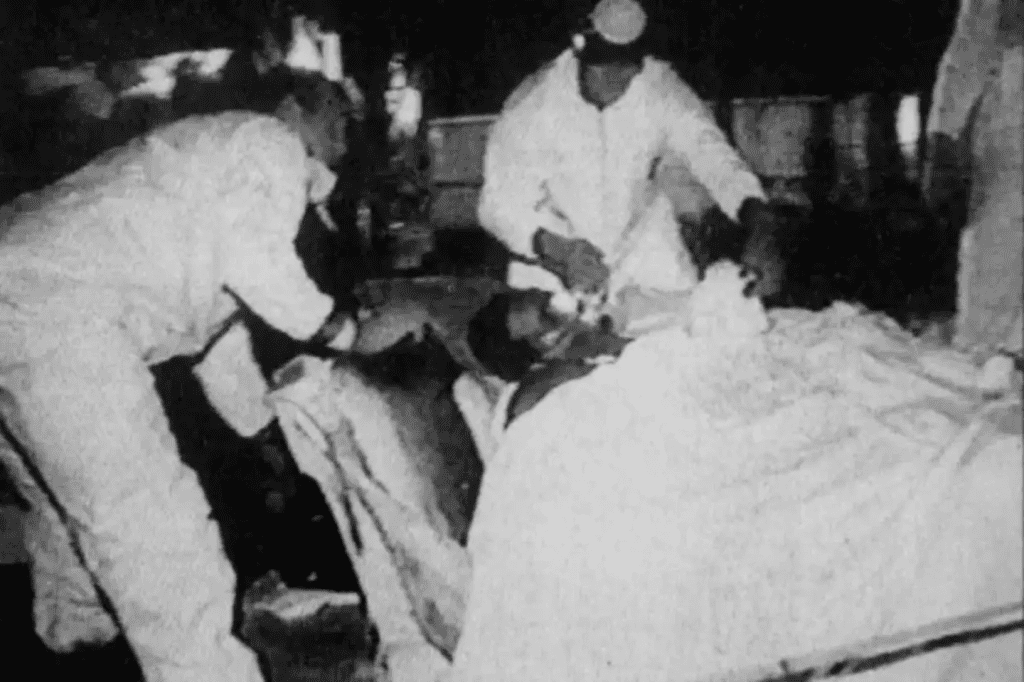
A Devastating Cycle Begins with Injury
Gayle Laverne Grinds, standing just 4’10” tall, first experienced a life-altering event in the 1990s when she suffered a broken leg. While it initially seemed like an injury that could be overcome, she soon faced a second leg break shortly after her first fracture healed. This second injury, while physically painful, also dealt a significant blow to her mental health. Over time, Grinds became increasingly fearful of additional injuries and eventually confined herself to her sofa, hoping to avoid further harm.
This decision, rooted in fear and a desire for safety, set the stage for an unimaginable series of events. Without regular physical activity and growing mental distress, she became immobilized and increasingly isolated from the outside world.
The Impact of Mental Health on Physical Well-being
As the years passed, Grinds’ decision to remain on her sofa began to take a severe toll on both her physical and mental health. Immobility led to significant weight gain, and she eventually reached a morbidly obese weight of approximately 34 stone (476 pounds). Her limited mobility affected her ability to perform basic tasks, including personal hygiene and even getting up to use the bathroom. In time, her skin began to adhere to the fabric of the sofa, a haunting image of how deeply her isolation affected her physical state.
While it’s easy to focus on the physical toll, the root of her tragedy likely lay in untreated mental health challenges. The fear of further injury and lack of mobility created a cycle of isolation, weight gain, and deteriorating health that she felt powerless to escape.
The Role of Family and Loved Ones
Grinds did not face these struggles entirely alone. Her partner, Thomas, reportedly tried to care for her to the best of his ability, but he was unable to convince her to leave the sofa or seek help. In his own words, “I wish I could have pulled her off the couch, but she wouldn’t let me.” This highlights the limitations that loved ones face when supporting someone with profound mental and physical challenges. Despite his best efforts, Grinds’ isolation persisted, and without medical intervention, her condition worsened.
Family members ultimately became aware of the gravity of her situation and contacted emergency services when Grinds began experiencing severe breathing issues. By this time, however, the situation had reached a point where traditional medical assistance was challenging to provide.
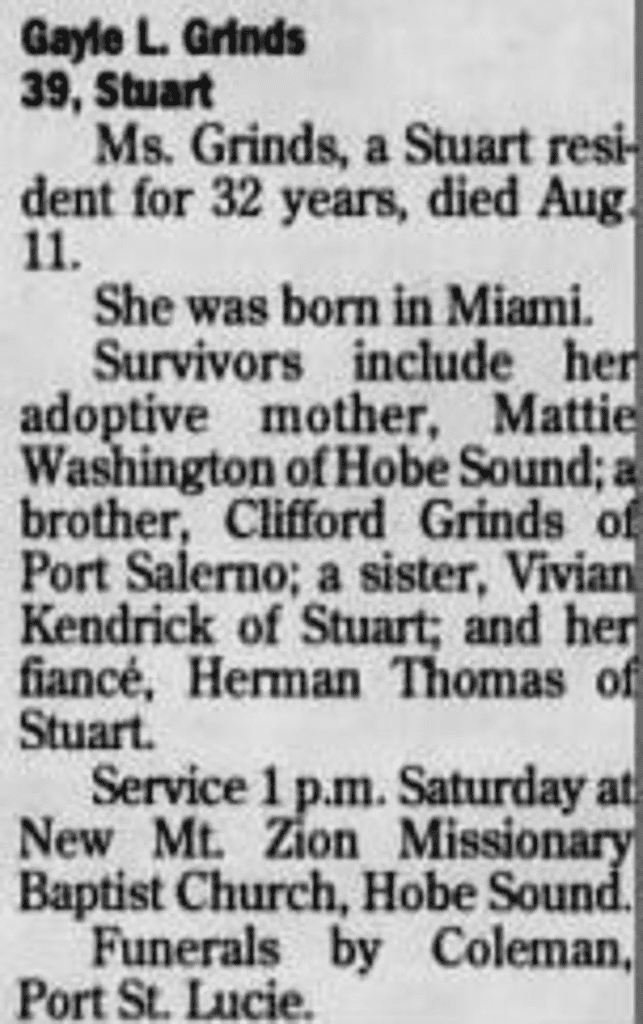
The Emergency Response: A Disturbing Scene
When emergency responders arrived at Grinds’ home, they faced one of the most challenging scenes of their careers. Martin County Fire-Rescue District Chief Jim Loffredo and his team needed a custom-built wooden stretcher to remove Grinds and the sofa from the property. Twelve firefighters assisted in lifting her, and a trailer attached to a pick-up truck was used to transport her to the hospital, as a traditional ambulance could not accommodate her situation.
Her passing at 3:12 am, still attached to the couch, underscored the severity and sadness of her case. Martin County Sheriff’s Sergeant Jenell Atlas remarked, “We are used to going to people’s houses when things are at their worst… but there is no warning for something like this.” The response from emergency personnel reflects the emotional impact and trauma that cases like this can have on those tasked with providing aid.
A Community in Shock
The situation shocked the local community, who were largely unaware of Grinds’ condition. Neighbor Jerry Thomas, who lived across the street, expressed surprise, stating, “All we knew was the old man lived there. I had no idea a woman ever lived in that house.” Her isolation was so extreme that even those closest in proximity had no knowledge of her presence or her suffering.
This reflects a broader issue within many communities—mental and physical health challenges often remain unseen and unaddressed. Her isolation was both physical and social, illustrating how easily people can become hidden from view, even while surrounded by others.

Caring for Family and Mental Health Awareness
Before her own struggles, Grinds was known to be a caring family member. She had taken on the responsibility of caring for her young niece and nephew after her sister’s death in 1992. This compassionate side of her life shows a woman who, under different circumstances, had the potential for resilience and strength. However, her battle with mental and physical health overshadowed her past, ultimately leading to her tragic demise.
The family’s heartbreak is evident, and while they reached out for help in her final hours, the complexity of her situation likely left them feeling helpless. This story underlines the importance of early intervention, open communication, and supportive resources for family members coping with severe mental health issues.
Lessons and Takeaways from Gayle Laverne Grinds’ Story
The story of Gayle Laverne Grinds is a profound reminder of the importance of mental health care, early intervention, and community support. A few key takeaways from her story include:
- Addressing Mental Health Early: Grinds’ initial decision to stay on the sofa stemmed from a deep-seated fear of injury, which, over time, grew into a severe mental health issue. This highlights the importance of addressing mental health concerns early and seeking professional support when physical or emotional challenges arise.
- Community Awareness and Support: The fact that neighbors had no knowledge of Grinds’ presence in the house underscores the need for communities to look out for one another. Mental health issues can often lead to physical isolation, and regular check-ins or community resources can be vital in providing support to those who may be suffering in silence.
- The Role of Loved Ones: Family members and partners can play a critical role in supporting those struggling with mental health, but they also need resources and guidance. Thomas’ attempts to care for Grinds illustrate the limits of personal support without professional intervention.
- Emergency Preparedness for Unusual Situations: Grinds’ case challenged emergency responders in ways they hadn’t anticipated. Her story serves as a reminder that unusual situations call for flexibility and creativity, both in healthcare and emergency response, to meet the unique needs of individuals.
Conclusion: The Need for Compassionate Intervention
Gayle Laverne Grinds’ story is a powerful reminder of the complexities surrounding mental and physical health. It calls attention to the importance of seeking help, the role of family and community support, and the critical need for compassionate and early intervention. As heartbreaking as her story is, it encourages us to approach such situations with empathy and to advocate for accessible mental health resources. By doing so, we can hope to prevent similar tragedies and ensure that no one else suffers in silence.
